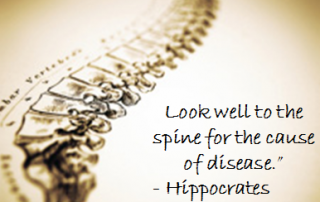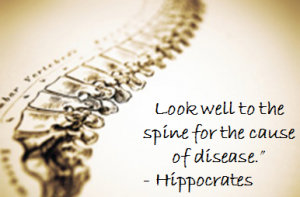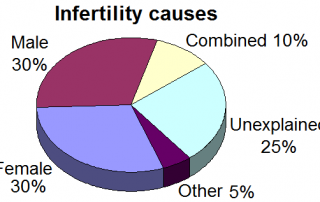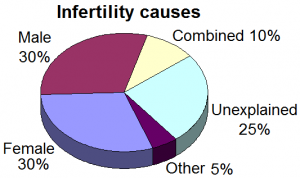Whiplash
Long term damage to the spine and head is especially common in auto accidents. Doctors of chiropractic have for years recognized the need for neuro-structural integrity in these areas and that most victims of automobile injuries do not fully recover under medical care; they may continue to have problems for years after the accident. This is especially the case of those who have whiplash and concussion injuries. This of course underscores the need for chiropractic care for accident victims. New medical terms acknowledging the chronicity and incomplete healing of accident victims have recently arisen. The terms used are: Postconcussion Syndrome (PCS), Whiplash Syndrome (WS), Post Whiplash Syndrome (PWS), Mild Traumatic Brain Injuries (MTBI), and mild head injury (MHI).
The chiropractic profession owes a debt to Arthur Croft, DC of San Diego, California who taught of, and researched the need for the caring of patients who had the above conditions years before these conditions were acknowledged in the medical literature.
The detection and management of pediatric whiplash injuries. Ben Eliyahhu, DJ Proceedings of the National Conference on Chiropractic & Pediatrics, Oct. 1993, Palm Springs, CA, November 1993, Palm Beach, Florida.
This paper presents case studies on the detection and management of pediatric whiplash injuries.
Case study one.
A six-year-old female was involved in a rear end collision while sitting in the front seat. She and her mother were taken to the hospital where the mother was examined, x-rayed, collared and released. The child was briefly examined, the mother was told that the child was okay and was discharged. The child complained to the mother of headaches and neck stiffness, was taken to the pediatrician who said the child was fine. The complaints persisted and the mother brought the child to the chiropractor. Infrared thermography scans disclosed abnormalities of the head, neck and upper extremities. Radiographs revealed […]


 Many turn to chiropractic for backaches and neck pain, but the benefits of chiropractic care extend far beyond simply alleviating pain. When a sickness or ailment occurs, many people don’t seek treatment until the symptoms manifest themselves in the form of pain. However, prevention before symptoms arise can lessen the illness time or even prevent sickness from occurring in the first place. Chiropractic care is not just for specific aches and pains, but rather a way to manage the overall health and wellness of the body.
Many turn to chiropractic for backaches and neck pain, but the benefits of chiropractic care extend far beyond simply alleviating pain. When a sickness or ailment occurs, many people don’t seek treatment until the symptoms manifest themselves in the form of pain. However, prevention before symptoms arise can lessen the illness time or even prevent sickness from occurring in the first place. Chiropractic care is not just for specific aches and pains, but rather a way to manage the overall health and wellness of the body.
 Infertility is a significant problem that many women face today. Approximately 7.4 million women struggle with getting pregnant and staying pregnant. Not being able to get pregnant not only affects women physically but can also be emotionally taxing as women desire to start a family and are unable to. Doctors are unable to diagnose and address problems of infertility until one full year of unprotected sex has passed.
Infertility is a significant problem that many women face today. Approximately 7.4 million women struggle with getting pregnant and staying pregnant. Not being able to get pregnant not only affects women physically but can also be emotionally taxing as women desire to start a family and are unable to. Doctors are unable to diagnose and address problems of infertility until one full year of unprotected sex has passed.